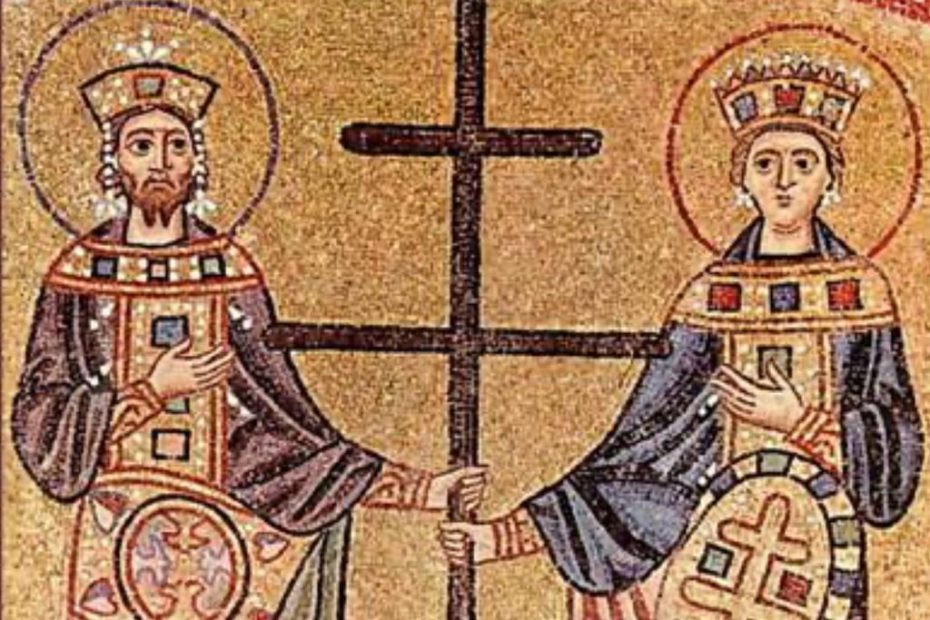14 September, 327: the bishop of Jerusalem exhorted people to venerate the True Cross, that was the structure used to crucify Jesus Christ through the most atrocious torture, averted to the Roman citizens. The epos, opened by the relic revealed by the Empress Flavia Giulia Elena, Augusta of the Roman Empire venerated by the Catholic and Orthodox Churches, unites the splinters of the cross to the creators of epic pages of history and of own and others’ fate. The legend, already denied, concerning the nail extracted from the True Cross united to the Iron Crown, exalts the appeal of the relic kept at the Cathedral of Monza and chosen to bless several Lombard rulers and the emperor Napoleon, when he was consecrated as King of Italy (26 May 1805).
The trait d’union continues to Marengo, in the plateau made famous by the battle (14 June 1800) almost lost by the French militias and then raised to main triumph of the Napoleonic myth. The tower dedicated to Queen Teodolinda, built at the dawn of 600, is the oldest architectural work of the Lombard and Carolingian period, based on the Alexandrian countryside lying to the east beyond the river Bormida. The pyramidal roof is laid on the observatory, incorporated in the curtis Marinco, the farm established to plan the rural territory, during the years defined by vassalage and by the turnover between Goths and Lombards.
The last moment of earthly life granted to the General is marked by adherence to Catholicism. It took place in the Atlantic Island of Saint Helena, British overseas territory discovered by the Galician explorer, Juan de Nova, and entitled to Saint Helena of Constantinople, celebrated on the day of the landing on the archipelago (21 May 1502).
“My First Communion was the most beautiful day of my life”: the testimony given by the General to his biographer is very disruptive because Napoleon imposed himself the title of Emperor, tearing the crown from the hands of Pope Pius VII (2 December 1804).
